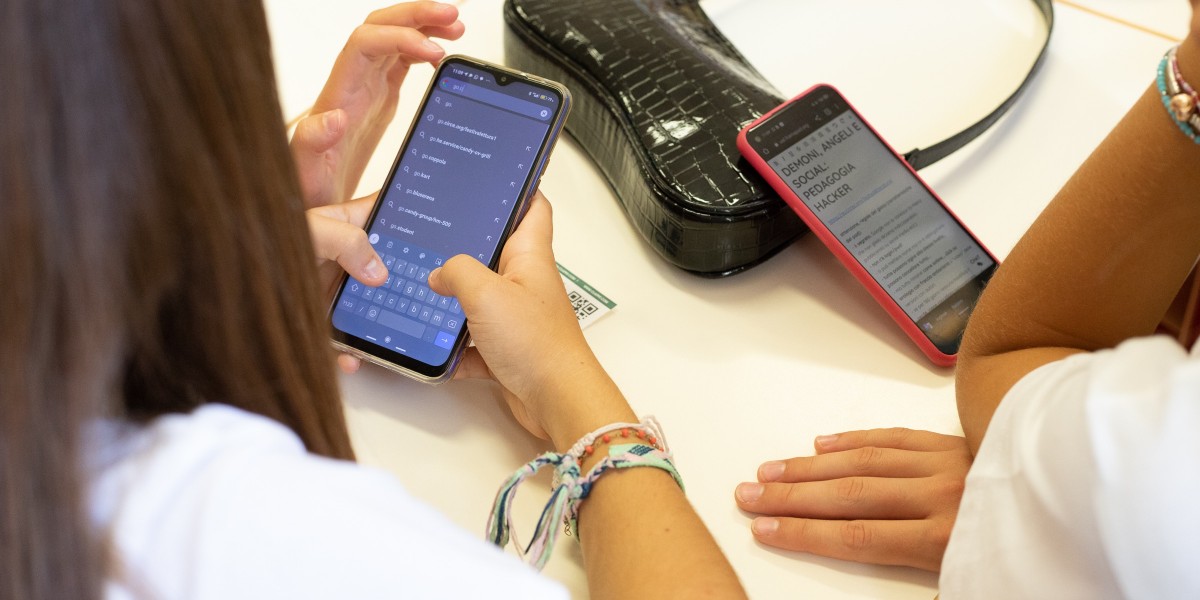
Social media addiction is engineered by design
At the end of Porto Road there is a small white school, concealed by the other buildings around it. Entering this school, you’ll discover a clean, cozy place, ideal for listening to and sharing ideas. The sun shines through the windows and the trees seem to glow under the late morning light as the packed class waits for the workshop to start. But in contrast with the bright location of the event, today’s topic is full of potential shadows: human interaction with social media.
The C.I.R.C.E. Association (“Centro Internazionale di Ricerca per le Convivialità Elettriche”, International Research Centre for Electrical Conviviality) is actively promoting awareness of human interactions and relationships with social media and digital devices. Today’s event was presented by Carlo Milani and Agnese Trocchi, and is aimed at teenagers, to make them reflect on their everyday online experience.
The audience engaged in the discussion with the use of interactive activities, and the hosts held an interesting debate on “hacking” and its possible positive outcomes to give a better understanding of the working area. C.I.R.C.E. promotes a careful approach when it comes to digital devices and social media. Knowledge and awareness of the good and the bad sides of those platforms are the only tools for working towards a solution to the raising problem of social media addiction. Social media applications have been designed specifically to create an addiction mechanism, through the production of dopamine in the human body, a substance that makes you crave more and more of something to get at least a fraction of the initial satisfaction.
But there is hope. Since those platforms often target people as the weak point of the machine-human relationship, there is still the chance of creating new safe sharing spaces, not to take the place of the beloved apps, but to find temporary peace from constant micro-profiling.



